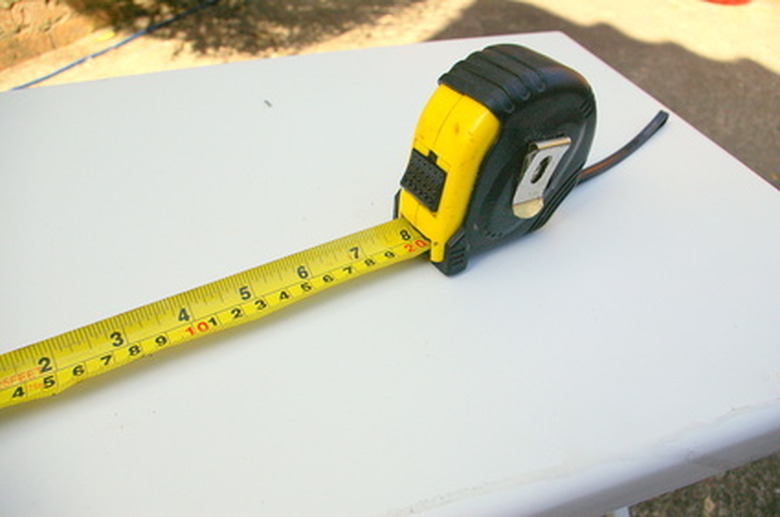How To Calculate Asphalt Tonnage
We may receive a commission on purchases made from links.
Things Needed
The weight of asphalt in tons required for a paving project may be readily calculated using a few simple tools and concepts. The weight of any substance in pounds is related to its weight density or compactness. Weight density is the number of pounds of a material contained in a specific volume of the material. Volume is a quantity describing how much space an object occupies, is measured in cubic feet, and depends on the dimensions of the space. One standard ton, sometimes called a short ton by engineers, is equivalent to 2,000 pounds.
How to Calculate Asphalt Tonnage
How to Calculate Asphalt Tonnage
1. Measure Your Space in Inches
Measure the length, width and depth in inches of the space you want to fill with asphalt. For example, you may have a driveway 150 inches long, 100 inches deep and 5 inches deep.
2. Convert the Measurement Into Feet
Convert the length, width and height measurements to feet by dividing by 12, since each foot contains 12 inches. Continuing the sample exercise leads to a length of 12.5 feet, a width of 8.33 feet and a depth of 0.42 feet.
3. Calculate Volume in Cubic Feet
Multiply the length times the width times the depth to obtain the volume in cubic feet of the space to be paved. Performing this step yields 12.5 feet times 8.33 feet times 0.42 feet or 43.7 cubic feet.
4. Determine Needed Pounds of Asphalt
Multiply the weight density of the asphalt by the volume to arrive at the weight of the asphalt needed in pounds. Consult the asphalt manufacturers if you do not know the weight density of the asphalt. In the example, use a typical weight density of 145 pounds per cubic foot. Now you have 145 pounds per cubic foot times 43.7 cubic feet, which equals 6,336.5 pounds.
5. Convert to Tons
Convert the asphalt weight to tons by dividing by 2,000. Completing the sample exercise results in 6,336.5 pounds divided by 2,000 pounds per ton or 3.2 tons of asphalt.

